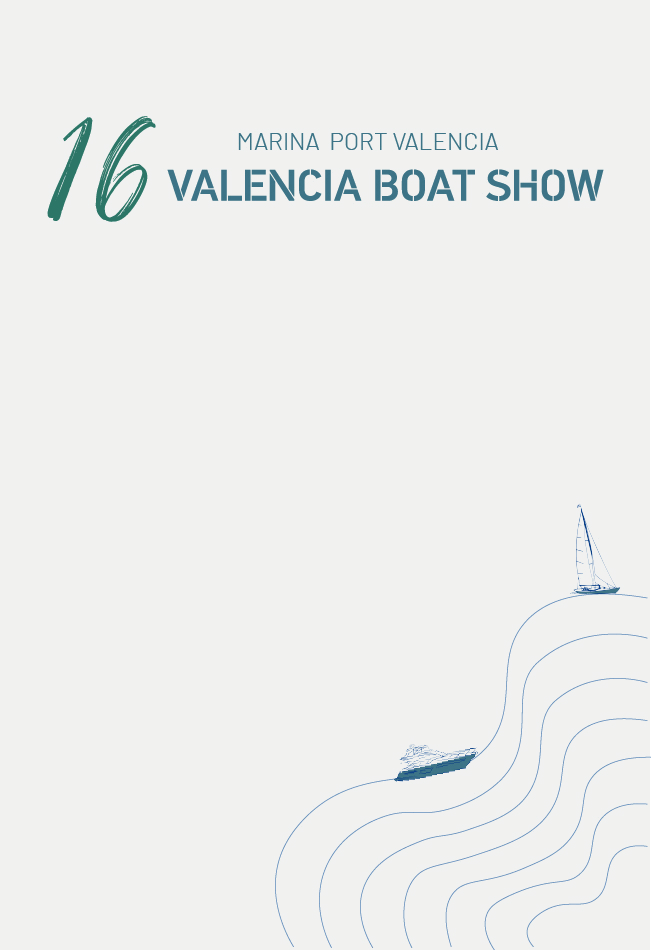Coccydynia is a most uncomfortable condition characterised by pain in the “tailbone” on palpation or with the pressure of sitting. Sitting for long periods increases the pain and a sharper wave of pain is often felt when standing from sitting.
Other circumstances may contribute to the irritiability of coccydynia such as constipation, sexual relations and menstruation.
Causes
Occupations involving prolonged sitting,
Direct trauma to the tailbone such as bumping down stairs or a slip on an icey or greasy surface.
Hypermobility of the Coccyx “tailbone” can put stress on the joint between the sacrum and the coccyx and also cause extra strain on the muscles of the pelvic floor. Likewise rigidity of the coccyx can
Repetetive Strain such as horse back riding or cycling.
Giving Birth, as during delivery the baby’s head passes over the coccyx which in some cases can cause inflammation and residual pain.
Tumours or infection.
Diagnosis
Diagnosis is usually made based on palpation and physical findings however if the cause is suspected as being due to trauma, then an X Ray or MRI scan may be required.
Treatment
Surgery is rarely required and treatment for coccydynia is usually non-invasive.
Treatment can begin at home using
Non-Steroidal Anti-Inflammatories which are available at the Pharmacy.
Ice packs to the painful region.
Avoiding prolonged sitting.
A change in diet if the pain is exacerbated with bowel movements or constipation.
Supportive doughnut or U shaped pillows which are designed to relieve pressure on the the coccyx when sitting.
Physiotherapy
Physiotherapy offers the first line in treatment
Ice packs or Cryotherapy may be used for the pain and inflammation.
Ultrasound is used to promote healing of damaged tissues such as muscle and ligaments.
Transcutaneous Electrical Nerve Stimulator (TENS) is a very effective method for pain relief, particularly when an injection may not be appealing to the patient. TENS Units are now very affordable and easy to use at home. Ask your Physiotherapist for instruction on it’s use.
Manual Manipulation can be used to stretch the ligaments of the sacro-coccygeal joint and relieve pain by improving the range of mobility of the coccyx.
Active stretching techniques are taught to the patient such that they can continue to self treat at home.
By Tracy Evans – The Physiotherapy Centre
tracey@mallorcaphysio.com
+34 609 353 805















0 Comments